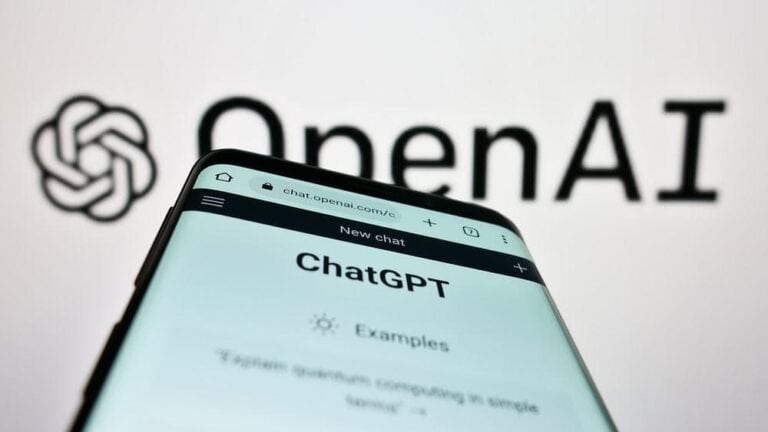OpenAI is making the full version of its o1 reasoning model available to its most dedicated developers.
The announcement is part of the ninth day of OpenAI’s celebratory campaign called “12 Days of OpenAI”. Only developers in the “Tier 5” category can access the full o1 model. This means that access is limited to developers who have an account with OpenAI for at least a month and spend at least $1,000 per month on the company’s services.
Before this announcement, developers only had access to the less powerful o1 preview model.
Lots of computing power required
In addition to the usage restrictions, the full version of the o1 reasoning model is costly because of the enormous amount of computing power required to make it work. According to OpenAI, it costs $15 for every 750,000 words analyzed and $60 for every 750,000 words generated. That makes it almost four times as expensive as the more common GPT-4o model.
For those willing to pay the higher prices, the new version offers at least some additional features. OpenAI made improvements over the preview version. For example, the full version of o1 is more customizable. The company also made a new parameter available, “reasoning_effort,” that allows you to determine how long the model thinks about a specific query.
Linking to external data sources
In addition, the model now supports the function calling, which makes it possible to link the model to external data sources. It also provides support for developer messages and image analysis. These possibilities were not available in the o1 preview model.
In other news, OpenAI announced that it is integrating the GPT-4o and 4o-mini models into the Realtime API, which is designed for low-latency speech AI applications such as Advanced Voice Mode. The Realtime API now also supports WebRTC, an open standard for developing voice AI in web browsers. This suggests we may see more websites trying to communicate with their users in the coming months.
“Our WebRTC integration is designed to enable smooth and responsive interactions under real-world conditions, even with variable network quality,” OpenAI said in a blog post. “It handles audio encoding, streaming, noise reduction and congestion control.”
Finally, there is a new feature called direct preference optimization for developers who want to refine their AI models. With existing supervisory-based fine-tuning techniques, developers must provide examples of the input/output pairs they want to use. With this new feature, they can instead provide two different answers and indicate which one is preferred.
According to OpenAI, this helps optimize models by automatically learning the difference between preferred and non-preferred answers. In the process, the model can detect changes in formatting, style guidelines or extensiveness and incorporate them into the new version.
